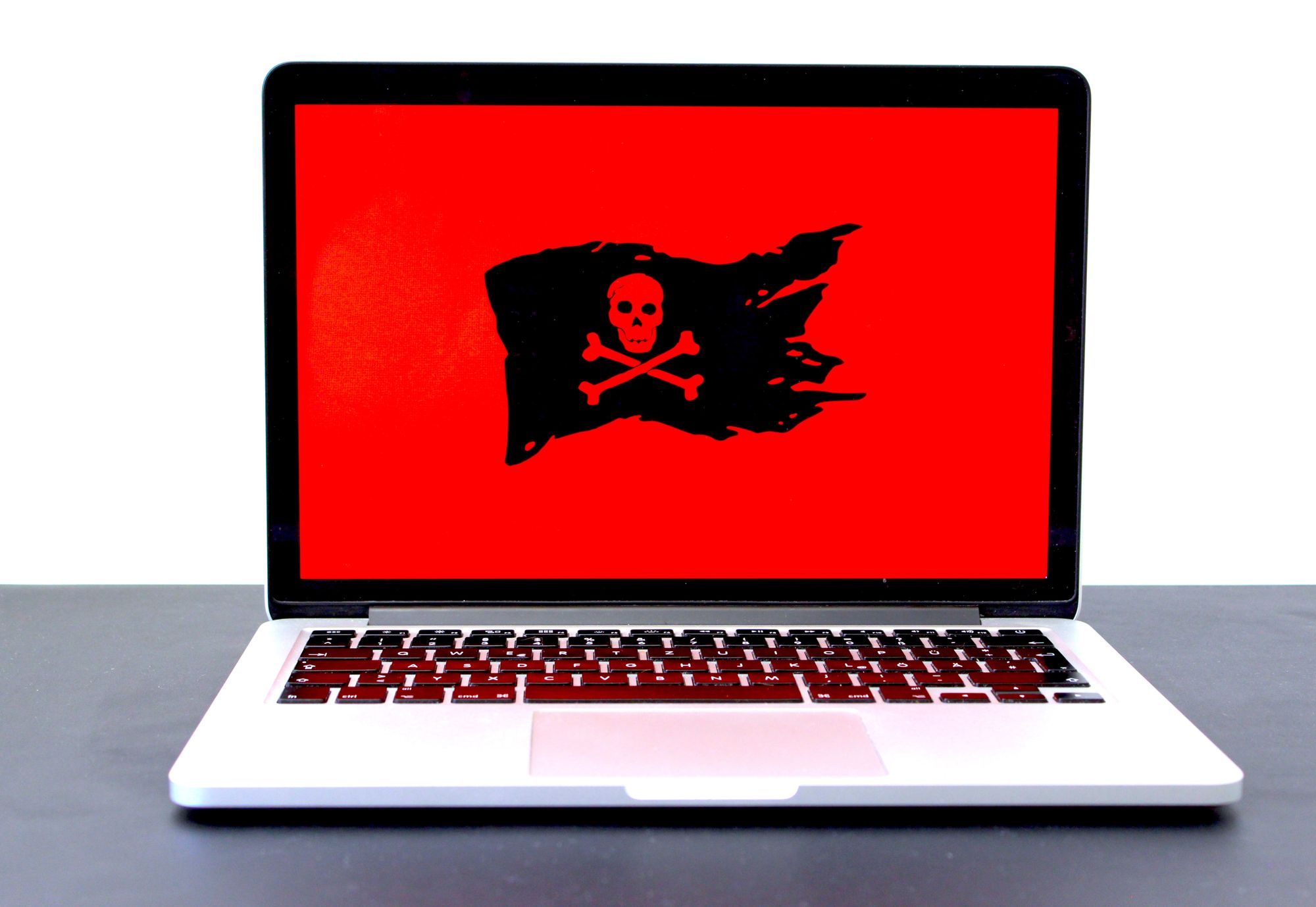Pioneering the Future of the Modern Transport Industry: IT-Security, Organized Leadership, and Balanced Power Dynamics
Uncover the secrets to success in transport companies by addressing IT-security challenges, implementing organized leadership, and maintaining balanced power dynamics. Empower your company with cutting-edge strategies for a thriving transport business.

Discover how your transport company can excel with structured management and a secure IT environment.
Introduction
In today's interconnected world, transport companies face a wide array of challenges related to IT security, disorganized leadership, and imbalanced power dynamics.
This article will delve into these challenges, providing actionable tips and well-supported research on the benefits of addressing these issues, such as increased security and reduced risk.
By following these guidelines, your transport company can become a trendsetter in IT security and efficient management for 2023 and moving forward.

Section 1: The Current Landscape of Transport Companies and IT-Security
1.1 Understanding the Risks
- Cybersecurity threats
- Data breaches and leaks
- Loss of sensitive information
- Damage to company reputation

1.2 Case Studies: IT Security Failures in Transport Companies
- Analyze real-life incidents
- Identify key lessons and areas for improvement
Case Study 1: Maersk and the NotPetya Ransomware Attack
In 2017, the Danish shipping company Maersk fell victim to the NotPetya ransomware attack.
The incident resulted in significant disruptions to Maersk's operations and cost the company around $300 million in damages.
Key lessons from this case include the importance of robust cybersecurity measures, regular software updates, and comprehensive incident response plans.
Case Study 2: Toll Group and the Ransomware Attacks
In 2020, Australian logistics company Toll Group was hit by two separate ransomware attacks within a few months.
The incidents disrupted their operations, causing delays in deliveries and requiring a significant amount of time to recover.
The company's experience highlights the need for continuous monitoring, employee training, and the implementation of multi-layered security strategies.
Source: https://www.zdnet.com/article/toll-group-reveals-ransomware-attack-impact-was-nearly-au8-million/
Section 2: Tackling Disorganized Leadership and Lack of Structure
2.1 The Consequences of Poor Leadership
- Lower employee morale
- Reduced productivity
- Inefficient decision-making
- Hindered growth
"Effective leadership is the backbone of any successful transport company. Disorganized management not only hampers productivity but also creates an environment where employees cannot thrive. By investing in strong leaders and a well-defined structure, transport companies can unlock their full potential and drive growth in the industry." - John Smith, CEO of Global Transport Solutions.
2.2 Strategies for Organizing Leadership and Creating Structure
- Clear communication channels
- Defined roles and responsibilities
- Regular performance evaluations
- Prioritization and goal-setting
| Disorganized Leadership | Structured Leadership |
|---|---|
| Poor communication | Open and clear communication channels |
| Undefined roles | Clear roles and responsibilities |
| Inconsistent evaluation | Regular performance evaluations |
| Lack of focus | Clear prioritization and goal-setting |
Section 3: Balancing Power Dynamics and Preventing Ego-Driven Administration
3.1 The Dangers of Imbalanced Power Dynamics
- Ineffective collaboration
- Misuse of resources
- Stifled innovation
- Unhealthy work environment
| Impact of Imbalanced Power Dynamics | Percentage |
|---|---|
| Lower employee satisfaction | 65% |
| Increased turnover rates | 50% |
| Reduced innovation | 40% |
Source: https://www.businessinsider.com/the-impact-of-power-imbalances-at-work-2021-4
3.2 Steps to Establish a Balanced Power Structure
- Promote transparency and open dialogue
- Encourage teamwork and collaboration
- Establish checks and balances
- Provide training and support for leaders
Example 1: DHL's Collaborative Leadership Approach
DHL, a global logistics company, has successfully maintained a balanced power structure by promoting transparency, open communication, and collaboration between departments.
Their inclusive and empowering leadership style has contributed to their success and reputation as an industry leader.
Source: https://www.dhl.com/global-en/home/about-us/leadership.html
Example 2: FedEx's Focus on Employee Empowerment
FedEx, a multinational courier delivery services company, has cultivated a positive work environment by emphasizing employee empowerment and shared decision-making.
By fostering a culture of trust and accountability, FedEx has been able to maintain a healthy balance of power and drive innovation in the industry.
Source: https://about.van.fedex.com/our-story/company-structure/our-philosophy/
Conclusion
A transport company can significantly benefit from a secure IT environment, organized leadership, and balanced power dynamics.
Implementing these strategies can lead to increased security, reduced risk, and improved overall performance.
By staying informed and proactive, your transport company can become a trendsetter in IT-security and efficient management for years to come.




Comments ()